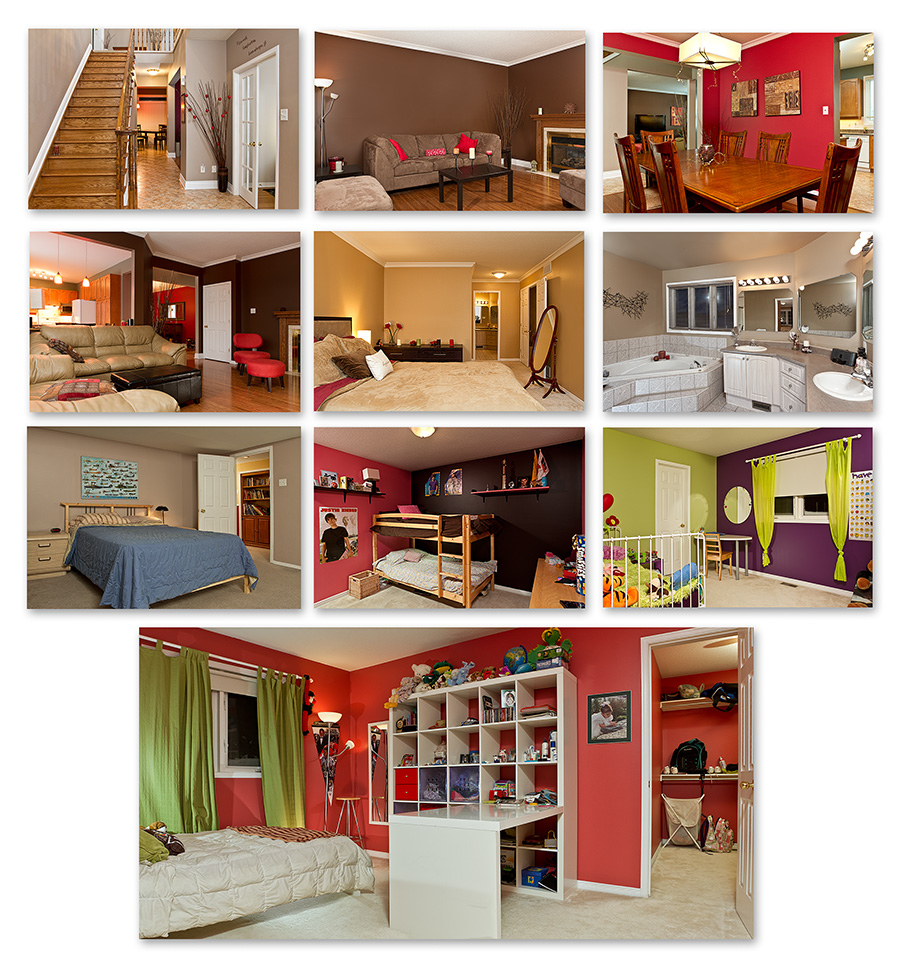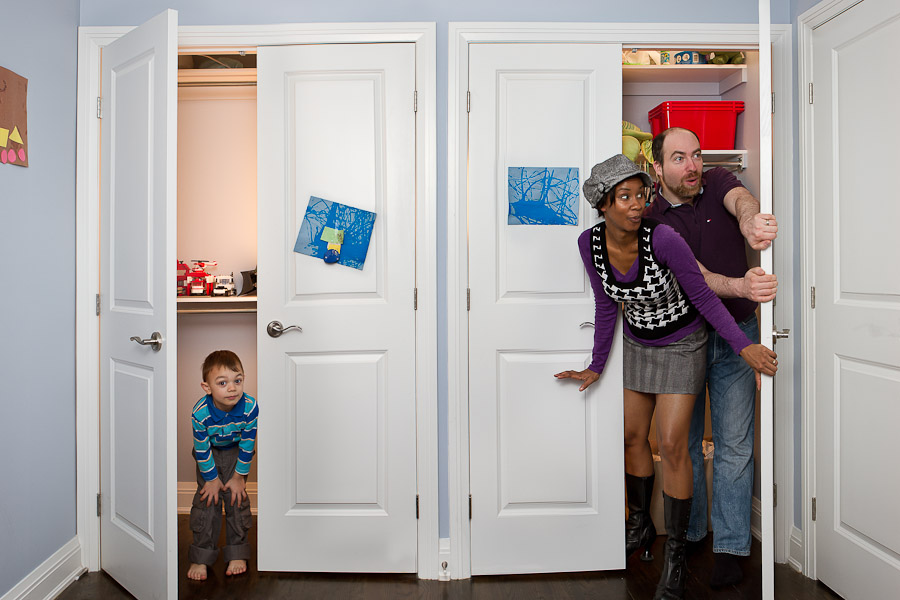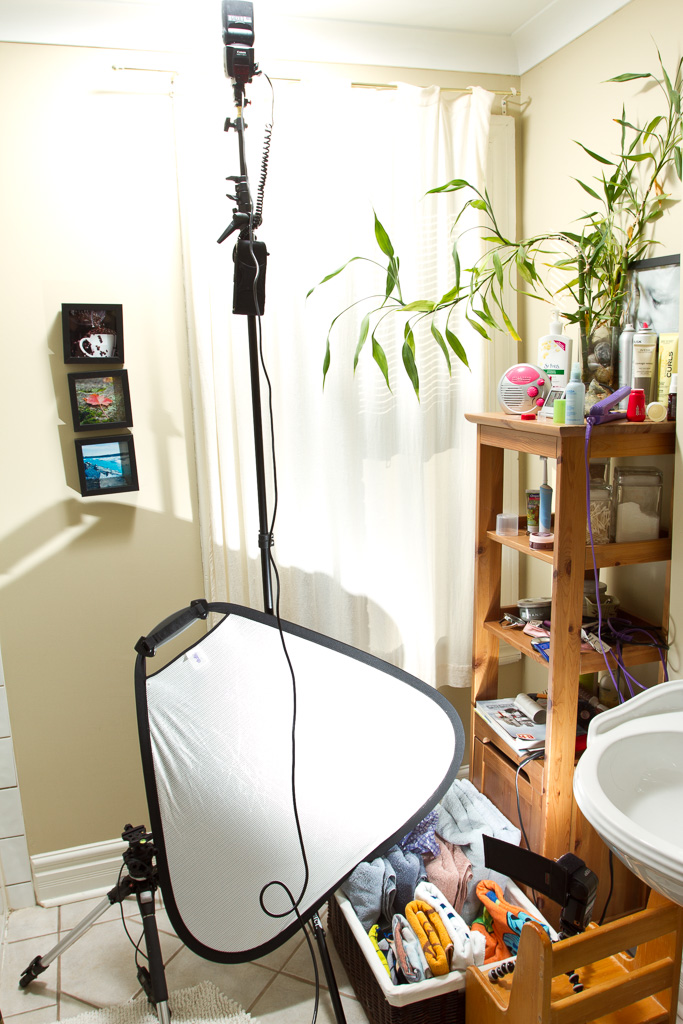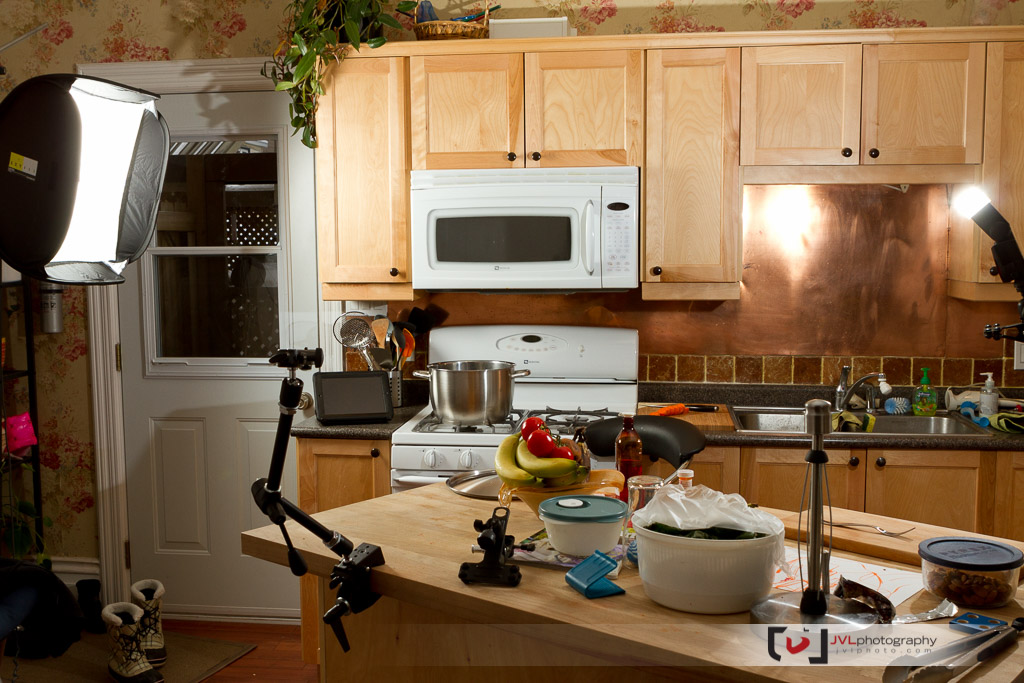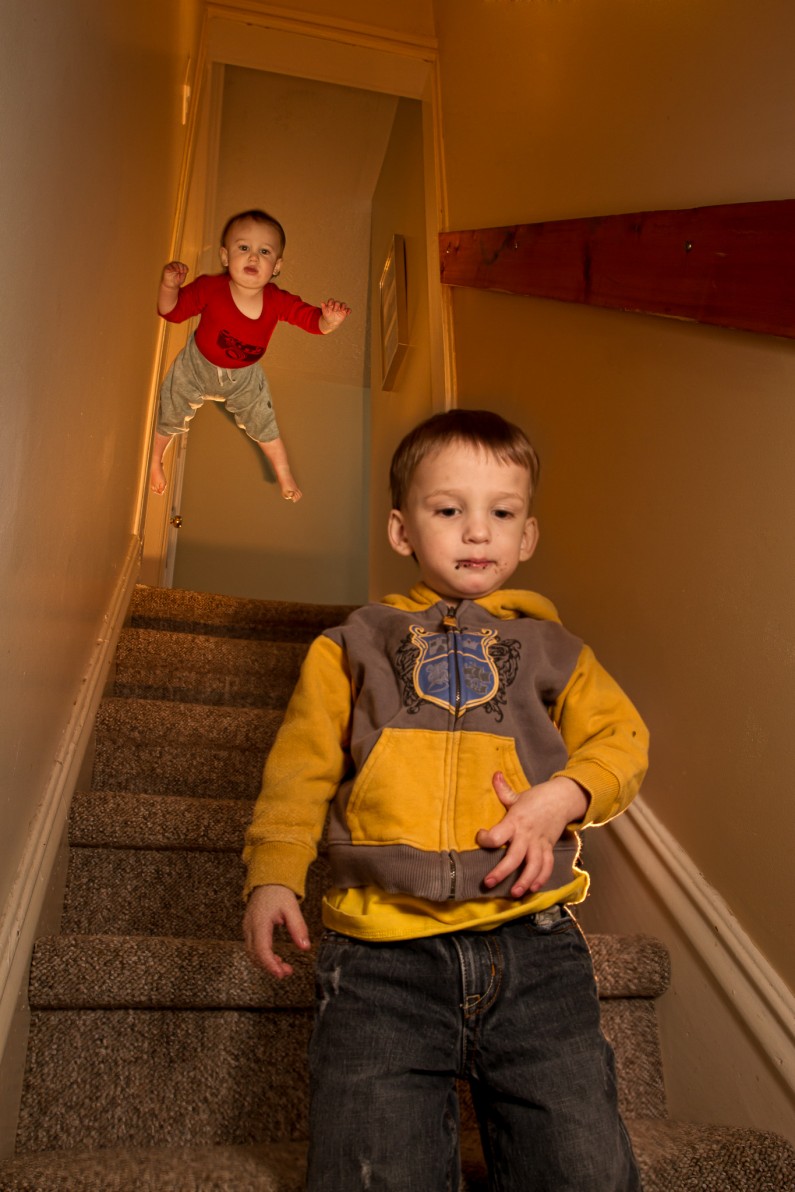
I like the adventure, the thrill, the danger that it brings. I leave myself exposed and open – that’s right – I don’t use a UV filter to protect my lens glass.
This is a controversial subject among “#phodo gear-heads, and I’ve read as many good reasons as bad as to the use of a UV filter. What I want to do here is explore WHY I chose to not strap one on, and how’s it’s affected my work (if at all).
Glass in front of glass in front of glass in front of…
Okay, so you just bought a lens, lenses are expensive right? Complex machines made of multiple optics, all finely tuned, coated, convex & concave to culminate in the precise instrument of your desire. from $100 to $5,000 (and more) there’s no shortage of options. They’re an investment too, and you want to protect your investment, so let’s drop that filter the salesman just sold you in front of all those precision optics.
Oh wait! You just turned your $3,000 70-200 f/2.8 L IS into a $60 UV filter of suspect origin; nice one! My mom always told me, “the strongest part of any system will be its weakest link”. Guess you just added that link didn’t you? The lens was designed to perform as optically perfect as possible with the glass already included in the design: if the engineers wanted or needed another piece of glass on there – they’d have already included it, right?
What’s the big deal?
Well, first, I know for a fact that it will (negatively) affect my camera’s AF ability, or it has. Maybe not all the time, with every camera, with every aperture. But in a simple test (filter on, focus/filter off, focus) my camera mis-focused, or spent more time seeking focus, when I had the filter on than off. That was MORE than enough reason for me. Missed shots? Out of focus shots? That’s not what my clients pay me for and that’s not what I came to photograph.
Flare
Every piece of glass you use & stack and expose to light will be prone to more flare. Yes, there are multi-coated filters that will reduce this, but that “first line of defence UV Filter” you just put on there will likely enhance, not only visible bursts of sun flare, but invisible bleed from the edges kind of light that can reduce the contrast of your image – again making them soft.
Stacking
If you use multiple filters (I talk about them later) then stacking them will inevitably add vignetting to your lens. ESPECIALLY on wider lenses. At first it will be a bit of darkness at the edges, but you keep adding them and you’ll actually see the edge of the filter. In some conditions, your filters will get stuck to each other and then you’ve got a real pain in the ass on your hands trying to separate them, as your light fades, or your models head home. Stacked filters can lead to stacked filter cuts, Landscape photogs know what I’m talking about.
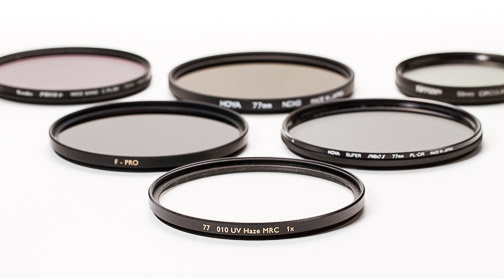
Up-sell
I used to work at Best Buy, we were ALWAYS trying to up-sell our customers on cables and service plans because the margin on electronics was woefully small in such a competitive market. The same holds true for cameras and filters so the retailers need to sell SOMETHING to you that will help them make a bit of extra cash. Filters are a simple add-on that have an easy sell; they’re like insurance “it will protect your lens.” Also, I kind of don’t give a shit that they’re “UV” filters, my camera sensor is UV protected already, so what exactly does that matter? It’s like putting SPF 15 over my waterproof SPF 40.
I wish the sales were more focused on goods that would truly improve your camera’s performance. Something as simple as a lens hood (yes, included in many L series lenses and all Sigma lenses) will reduce flare from entering the sides of your front element as well as protecting your lens. With a hood attached you’d have to specifically launch an arrow into my lens to touch the glass. If your lens doesn’t come with a hood, get one – and skip the filter.
Hidden costs
I’ve heard that the cheapest piece of glass to fix and replace, on any lens, is its front element. How much? I have no idea. despite never wearing UV protection I still have yet to make a scratch on my glass – even 2 monsters kids can’t seem to nick my bulbous fisheye… so I’ll just take the internet ether’s word for it.
The others
There are, however, filters that will have a desired effect on your lens, one that you can not recreate in Photoshop, or in-camera, without their assistance. These are Polarizers, Neutral Density Filters, or special effect filters. These filters help you cut non-metalic glare, letting you see through water, or saturating your colours; they let you create impossibly long exposures, turning people into blurs and flowing water into silky strands; they even help you change the tonality of your images, or create a “blended” image in a single exposure.
I own a few of these filters and use them often; the Polarizer being a favourite for sunny days and landscape work – it helps when doing real-estate work too by cutting the glare on reflective counter-tops and cabinets. I guess they *also* protect my lens but, again, I haven’t broken one, and take them off when I’m not specifically using them.
Do what you want
I’m not trying to stop you from using UV filters, lots of my friends are too scared/wussy/paranoid to dream of exposing their precious glass to the “real” light, and choose to “filter” it (see what I did there) through their best B+W or Hoya (if you insist, I do recommend you stick with GLASS by one of these two brands).
My advice? Do a quick test yourself. Take your favourite lens and do a quick focus test based on a stationary object and using your tripod. Put the filter on, try to focus, take the shot, repeat without filter. Then check your exposures on your monitor to see if there’s a difference. That’s all I did, and for me, that made the decision easy.
If anyone reading this has some real-life examples, or fancy science to show off why they work or don’t, leave a comment and enlighten us! Thanks.
Edit 1/2/2011 10:40pm: To prove that light will bounce between your optics check out the refraction on this image (little green dots) and a more extreme example here thanks Chris!
